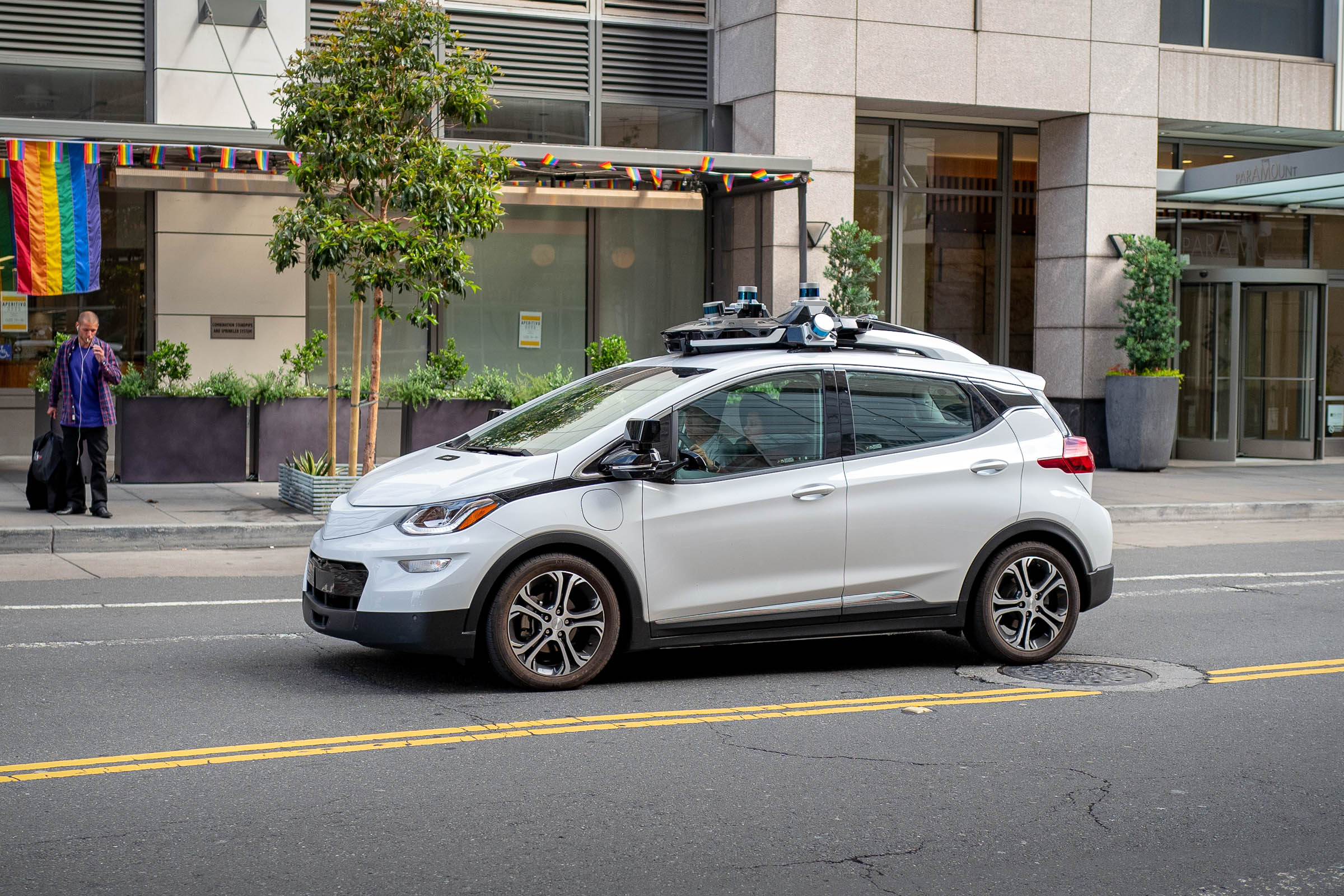Options for Moving Your Car to Another State
Aug 08, 2020 02:20
The reasons for moving a car from one state to another are as many and varied as there are people with the need to do so. However, the options for moving your car to another state are largely the same, whatever the reason.

The most common include:
1. Ship it with a transport company
2. Tow it behind your moving truck
3. Drive it yourself
4. Hire someone to drive it
5. Include it on your moving truck
Each of these choices has advantages and disadvantages we’ll examine in greater detail below.
Ship It with a Transport Company
Many people choose this route for its convenience and safety. The main thing about which you need to be concerned here is damage. The best way to go — which, of course, is also the most expensive — is fully enclosed.
Your car will travel inside a trailer, safe from the elements the transporter encounters during the journey. Again, though, that’s considerably more costly than open transport.
Other things you need to pay attention to with this option are delivery times, locations, cost and reputation. Your car might not arrive exactly when promised and you could have to go out of your way to retrieve it when it does.
Tow It Behind Your Moving Truck
Renting a flatbed or a dolly for your car is viable when you’re transporting your belongings on your own. Most moving truck rental companies offer the equipment you’ll need, which also has the advantage of making your car available to you as you travel.
While this is workable for many types of vehicles, much will depend upon its weight and the way it’s configured. Avoiding damage while getting the car on and off the trailer could be challenging if your car sits close to the ground. This option will also add to your costs. One more thing: You’ll typically need to have experience driving a truck with a trailer attached. Doing so can be rather tricky.
Drive It Yourself
This is the smart play if your new location is within 500 miles or so. A drive of this nature can be accomplished in a day — particularly if you have someone traveling with you who can share the driving. Fuel costs will likely be less than the fees associated with the other options here. You can also plan a route that is both scenic and informative.
However, you will have to drive the car yourself, meaning the value of your time becomes a factor as well. Then, there’s the mileage the car will accrue along the way. This could be expensive if you took advantage of one of the best lease deals you could find, as driving the car cross-country could exceed a mileage cap. On the other hand, your car will arrive exactly when you do, the convenience of which is a major plus.
Hire Someone to Drive It
This relieves the cost of your personal time. You can also more accurately schedule the date of delivery than with options one and five, as you can specify when the driver is to arrive and precisely where.
On the other hand, you’re entrusting your car to another person — typically someone you’ve just met. Yes, they might be bonded against the loss of the car, but they’re also free to drive your car however they’d like on the way.
This could result in abuse you wouldn’t discover until much later — when problems arise. You’ll also have the mileage to consider and that person would need to be compensated — as well as transported back to their point of origin.
Include It in Your Moving Van
This choice means your car will arrive when your furniture does. Which, in and of itself is not a bad thing per se. However, it does mean you could be in your new town for a few days without transportation if the moving truck is late — which does happen.
Moving companies charge by the amount of space your items consume within the trailer. Including a car will make your square footage needs go up considerably. Moreover, while you might be able to pack clothing and household items inside the car, you can’t stack furniture or other items on top of it, so you could have to pay for overhead space you can’t use.
These are the five most common options for moving your car to another the state. As with so many other things, the best choice will depend upon your needs, your budget and your tolerance for risk.







































































